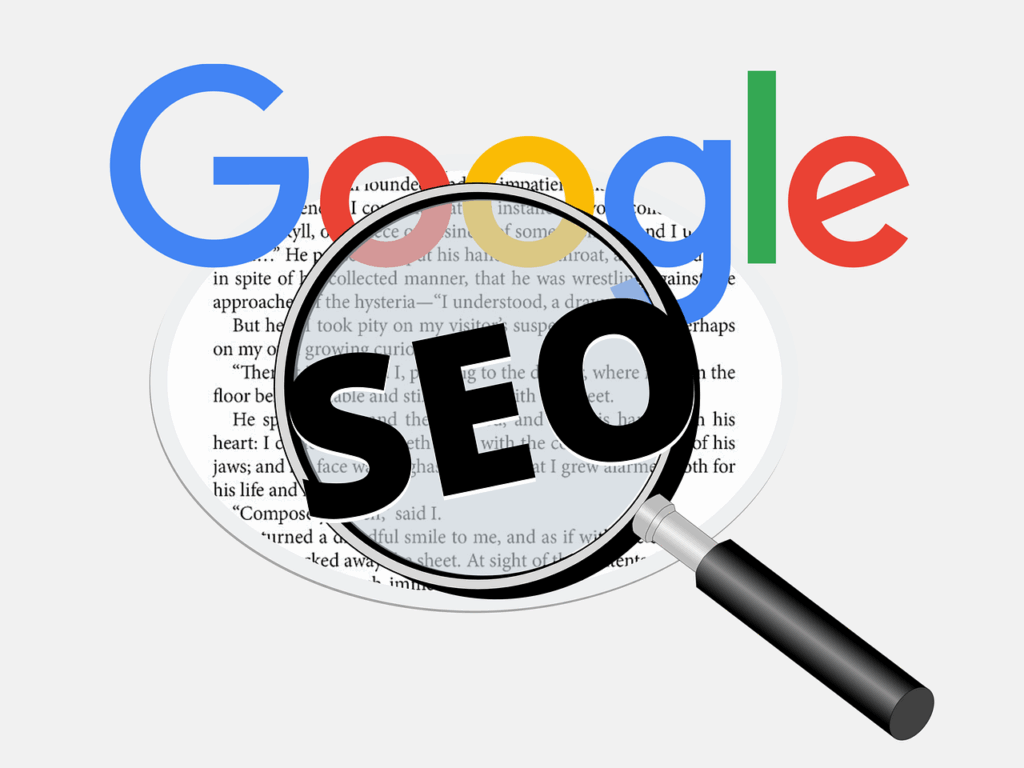Staying competitive in search engine optimization (SEO) requires marketers to stay tuned in to what’s working—and what’s outdated. On-page SEO is a foundational part of your strategy and involves optimizing individual web pages to improve search engine rankings and earn more relevant traffic. While the core principles remain the same, the tactics evolve with advancements in algorithms, user behavior, and technology.
This guide explores essential on-page SEO techniques that are still effective in 2025, while highlighting strategies that no longer work. By focusing on what matters most, you’ll be positioned to create content that ranks and resonates with your audience.
What is On-Page SEO?
On-page SEO refers to practices used to optimize specific web pages to rank higher in search engines. These optimizations ensure your content aligns with search engine guidelines while providing value to your users. Key elements include keyword usage, meta tags, internal linking, and site performance, all of which contribute to creating pages that satisfy both users and search engines.
By following these techniques in 2025, you can stay ahead in an increasingly sophisticated digital ecosystem.
The Most Effective On-Page SEO Techniques for 2025
1. Optimize Content for Search Intent
Search engines like Google are better than ever at understanding user intent. Whether users are looking for information, answers, products, or services, it’s critical to write content that mirrors the intent behind their search terms.
How to Apply It:
- Map out search intentions—informational, navigational, or transactional—for your target keywords.
- Prioritize content that answers questions clearly while keeping your brand voice consistent.
- Use headings, bullet points, and FAQs to increase readability and convenience for the user.
For example, a blog on “best email marketing tools” should compare tools based on features and pricing, rather than using unrelated fluff to shoehorn keywords into the page.
2. Leverage Engaging and Well-Structured Content
Long gone are the days when simple keyword stuffing would suffice. Engaging, well-organized content not only encourages users to stay on your site longer but signals to search engines that your page is high-quality.
Best Practices:
- Use clear and descriptive headings (H2s and H3s) to organize your text.
- Break up content into short paragraphs for readability.
- Add rich media like images, infographics, and videos to enhance the user experience.
3. Focus on Core Web Vitals for Better User Experience (UX)
User experience remains a ranking priority in 2025. Core Web Vitals are Google’s performance standards for measuring page speed, interactivity, and visual stability. Stellar user experiences help establish trust and retain visitors.
How to Nail Core Web Vitals:
- Ensure your pages load in under 2.5 seconds. Compress images and leverage lazy loading to optimize performance.
- Avoid intrusive pop-ups or unnecessarily complex navigation.
- Use a mobile-friendly, responsive design to cater to today’s mobile-first users (more on that later).
4. Incorporate the EEAT Strategy
Google’s EEAT (Experience, Expertise, Authoritativeness, Trustworthiness) framework evaluates the credibility of your website. Demonstrating these qualities can significantly improve your rankings, particularly in competitive niches like health or finance.
Actionable EEAT Tips:
- Include detailed author profiles with credentials on your blog posts.
- Use authoritative sources as references, and provide links to credible entities.
- Regularly update older posts to ensure they remain accurate and relevant.
For instance, if you run a medical blog, citing recent studies, showcasing your qualifications, and keeping readers informed about new treatments will improve your trustworthiness.
5. Optimize Meta Tags
Meta titles and descriptions are the first things users see on search engine results pages (SERPs). Writing compelling meta tags increases click-through rates (CTR) and sets expectations for what readers will find.
How to Do It Well:
- Include your primary keyword naturally in your meta title.
- Craft meta descriptions that summarize your page in an engaging, concise way within the 155-character limit.
- Avoid duplicate meta tags across pages to ensure clarity and differentiation.
6. Internal Linking for Better Navigation
Internal linking is a simple yet powerful on-page SEO strategy. It guides users to other relevant parts of your site and helps search engines crawl your structure more effectively.
Tips for Effective Internal Links:
- Link to contextually relevant pages within your site.
- Use descriptive anchor text that makes sense to users and search engines alike.
- Avoid over-linking, which can confuse readers or dilute valuable page authority.
For example, linking your product pages to blog content that explains how to use the products can both enhance UX and boost conversions.

7. Mobile-First Optimization
With over 70% of internet traffic coming from mobile devices, Google’s mobile-first indexing prioritizes pages that cater to smaller screens. For 2025, ensuring your site is fully mobile-optimized isn’t a luxury—it’s a necessity.
What Fully Mobile-Optimized Looks Like:
- Responsive designs that adapt to any screen size.
- Touch-friendly navigation and buttons.
- Fast-loading mobile pages that work even under low connectivity conditions.
8. Rich Snippets and Structured Data
Structured data helps search engines understand your page content better, making you eligible for rich snippets. Think of highlighted results like “how-to” steps or product reviews—these catch attention and often outrank standard entries.
How to Implement Structured Data:
- Use schema markup for aspects like recipes, FAQs, reviews, and events.
- Generate and test your schema using tools like Google’s Structured Data Testing Tool.
- Keep the formatting clean and updated for accuracy.
Outdated Tactics to Avoid in 2025
1. Keyword Stuffing
Once a common tactic, keyword stuffing now harms your SEO efforts by making content unreadable and being flagged by algorithms.
2. Exact Match Domains
Buying domains stuffed with exact match keywords, like “cheaplaptopsforstudents.com,” is no longer a reliable way to rank. Focus instead on your brand’s quality and authority.
3. Invisible Text and Cloaking
Using hidden text or deceptive page redirection to game search engines will result in penalties and damage your brand reputation.
Actionable On-Page SEO Checklist for 2025
Here’s how to start refining your on-page SEO today:
- Target Search Intent: Write content that aligns with what users are actually searching for.
- Enhance UX: Prioritize Core Web Vitals—fast-loading speed, responsiveness, and stability.
- Implement EEAT Principles: Build trust through expertise and accuracy.
- Optimize Metadata: Make your titles and descriptions compelling and unique.
- Boost Mobile Rankings: Aim for flawless functionality on all mobile devices.
- Refine Internal Links: Help users and search engines alike connect to relevant pages.
- Use Structured Data: Improve your chance of standing out with rich snippets.
By focusing on these tactics, you’ll be well-positioned to grow organic traffic and improve user engagement in 2025.
Meta Description:
Unlock the secrets of on-page SEO! Learn proven 2025 techniques covering search intent optimization, EEAT, mobile-first design, and more!
releated:Implementing Keyword Density in Modern SEO Strategy


